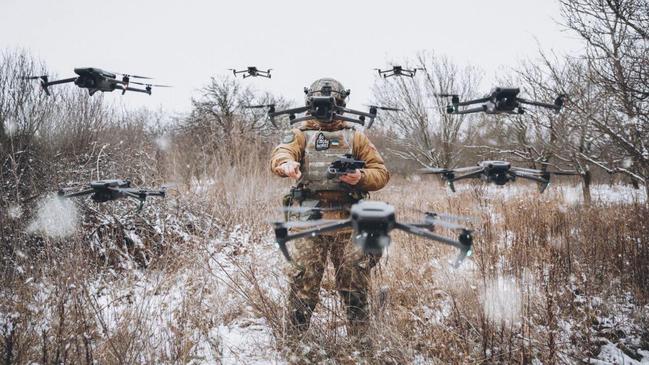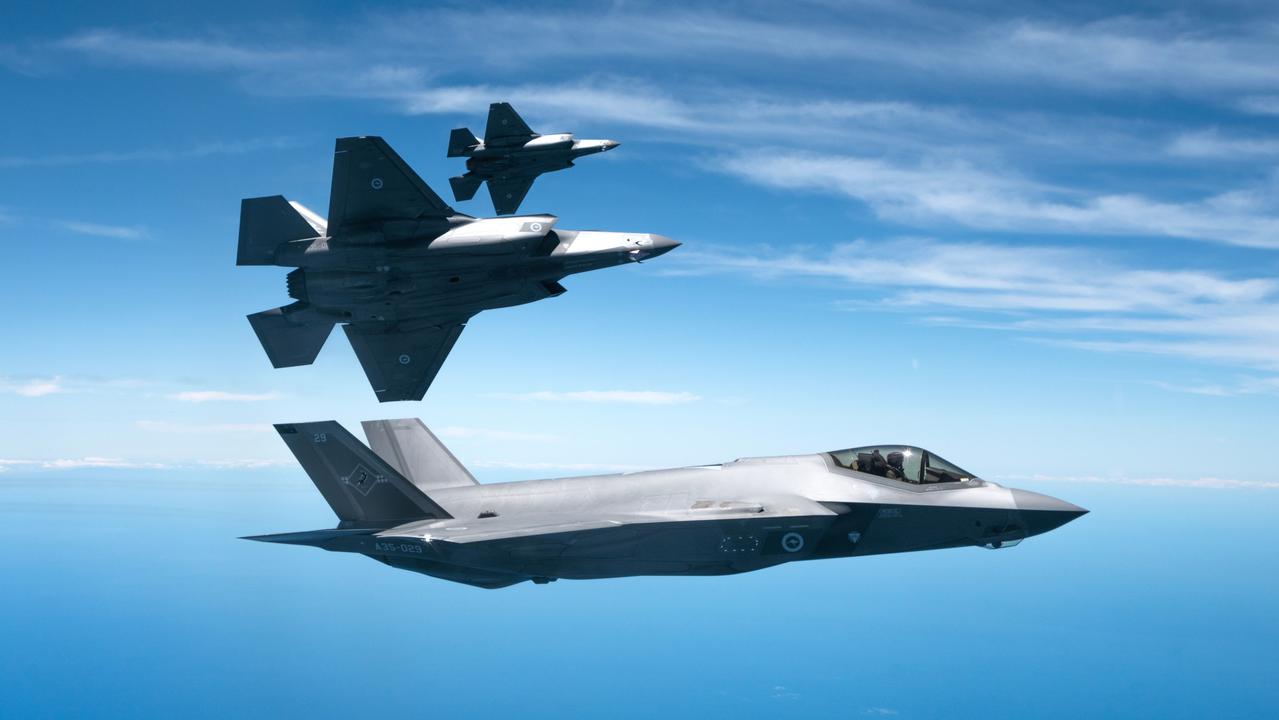Addressing Australia’s counter-drone challenge: the time to act is now
No longer confined to surveillance or reconnaissance, drones are transforming modern warfare and Australia needs to be prepared.

Unmanned aerial systems (UASs) have fundamentally altered modern warfare. The rise of drones, particularly small, commercially available UASs, has placed immense pressure on defence forces worldwide. Australia is no exception.
With UAS technology advancing rapidly, the challenge is clear: Australia’s defence sector must deliver cutting-edge counter-UASs (C-UAS) solutions at a pace that matches this evolving threat. To achieve this, we must address existing gaps in innovation, enhance procurement processes, and foster stronger collaboration between industry and government.
No longer confined to surveillance or reconnaissance, UASs are now fulfilling roles traditionally reserved for much larger and more expensive assets such as field artillery. This evolution is not speculative – the battlefield in Ukraine exemplifies this shift and has made one thing clear: drones are not just here to stay – they are evolving rapidly and becoming more lethal and adaptable.
The Australian Defence Force (ADF) and its industry partners are gradually coming to terms with this new reality. The question is not whether C-UAS capabilities are necessary – they are critical. The real issue lies in how quickly effective C-UAS systems can be deployed into the field.

However, there is no silver bullet for the drone threat. The most effective strategy is a multi-layered defence approach that integrates both kinetic and non-kinetic technologies. This approach is not just theoretical – it is a practical necessity.
This “system of systems” approach combines technologies such as radio frequency (RF) jamming, high-energy lasers, and kinetic effectors to counter the diverse threats posted by modern UASs. RF jammers can break communication between drones and their operators, while lasers offer a precise means to defeat them. Kinetic solutions, including cannons and missiles, will continue to play an important role, especially against larger, more resilient UASs.
It is critical that these capabilities are deployed without delay. The rapid pace of drone innovation means there is no room for lengthy procurement cycles or extended development timelines. Decisive action is essential to ensure Australia keeps pace with the development of drone technology.
Drones are transforming modern warfare, and Australia needs to be prepared. The ability to adapt to these new challenges will be a key determinant of our military’s effectiveness in future conflicts. This will require not only new technologies but also new thinking – both within defence and across industry as it responds to evolving threats.
For Australian defence companies, this presents both a challenge and an opportunity. The demand for advanced C-UAS technologies will only increase, and those who can deliver solutions quickly and at scale will be at the forefront of this growing market. However, achieving this requires a close partnership between industry and government. The future of Australia’s defence capability depends on our ability to collaborate effectively, reduce red tape, and support innovation.
-
Andreas Schwer is managing director and chief executive of EOS


